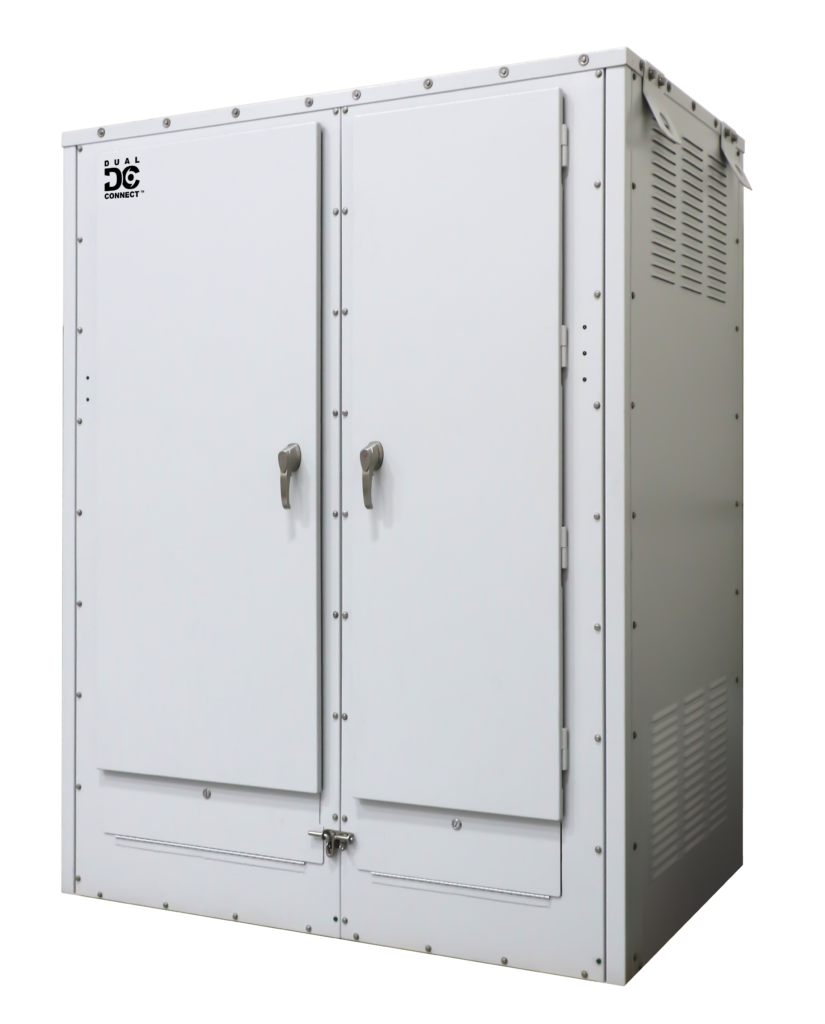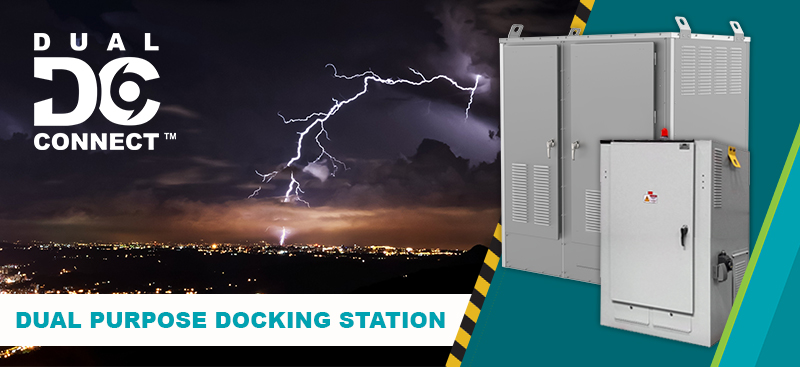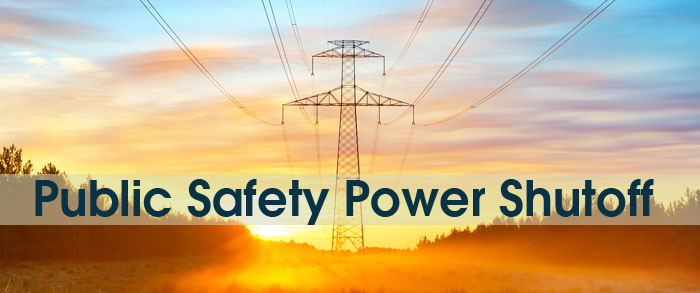Announcing DualConnect™, ESL’s New Dual Purpose
Docking Station
CORONA, California, October 22, 2021 – ESL Power Systems provides a number of solutions for the growing market to both load bank test, and provide temporary back up to a permanent generator.
For over 10 years, the ESL TripleSwitch® has provided the leading solution to perform both of these functions, and meets the required NEC codes for this application. ESL is now excited to announce the addition of yet another UL 1008 Listed Emergency Power Connection Solution, The DualConnect™ Dual Purpose Docking Station!
Available from 400 to 5,000 amps and rated up to 65kAIC@600VAC, ESL is now the only manufacturer that can provide a complete line of UL 1008 Listed Emergency Power Connection Solutions for all your design needs.
The TripleSwitch is the cost effective, most user-friendly solution for new construction design or adding a permanent generator to an existing facility. Utilizing the (3) circuit breakers necessary for this type of application, it provides the overcurrent protection and safety interlock between permanent and portable generator, without the need for key locks or breakers in separate locations.
The standard TripleSwitch is configured with an AUX Contact for the remote annunciator. It is also provided with -a shunt trip on the load bank breaker, to dump the power to the load bank, in case utility power is lost during a load bank test. This meets the requirements of NEC Code 2017 700.3 (F).
However, there are applications where multiple generators or existing generators need the ability to be load bank tested and also have provision for a connection of a back-up temporary, portable generator. For these projects ESL’s DualConnect – Dual Purpose Docking Station is the right solution for the application.
Where multiple generators are utilized, the design will typically include the necessary switchgear and controls to selectively perform your load bank test or temporary back-up of the permanent generator. In addition, many existing permanent generators need back-up and the capability to do lower cost portable load bank connection.

Having a single unit to quickly connect a portable load bank or portable generator while using the existing switchgear overcurrent protection when possible minimizes the total project cost and redundant overcurrent devices.
The Dual Connect – Dual Purpose Docking Station provides the flexibility needed to meet your design criteria and is highly customizable with various optional features. Depending on the emergency back-up system design for multiple or existing generators, the DualConnect is available in three different versions.
No Breaker: Where all the controls and/or breakers are currently in the emergency power system. The interlock between the permanent generator and temporary back-up generator is accomplished by a key interlock between an appropriate designated breaker and the DualConnect portable generator cable access door.
One Breaker: Provides overcurrent protection to the unit and functions as the disconnect for both the load bank and portable generator cams. The interlock between the permanent generator and temporary back-up generator is accomplished by a key interlock between an appropriate designated breaker and the DualConnect portable generator cable access door.
Two Breakers: Provides overcurrent protection to the unit and functions as the disconnects for both the load bank and portable generator cams. The interlock between the permanent generator and temporary back-up generator is accomplished by a key interlock between an appropriate designated breaker and the portable generator breaker in the DualConnect. All of ESL’s DualConnect units with 2 breakers can be configured to meet NEC700.3(F) if required.
To learn more and get downloadable specifications for ESL’s DualConnect – Dual Purpose Docking Station visit: https://eslpwr.com/dual-purpose-docking-station-about/
About ESL Power Systems, Inc.
A 100% employee owned company, ESL Power Systems, Inc. is an innovative global leader in the design and manufacturing of cord-connected electrical equipment for industrial and commercial applications and is also the premier custom control panel builder in Southern California.
Media Contact:
Erika Thorson
ESL Power Systems, Inc.
2800 Palisades Dr.
Corona, CA 92878
+1 (951) 739-7000
ethorson@eslpwr.com
https://eslpwr.com




